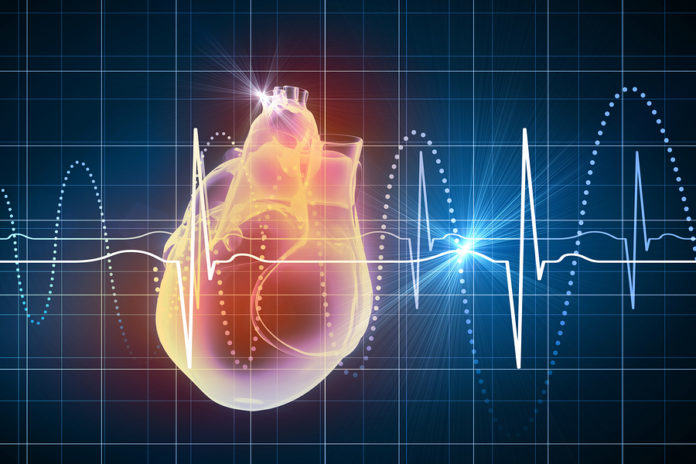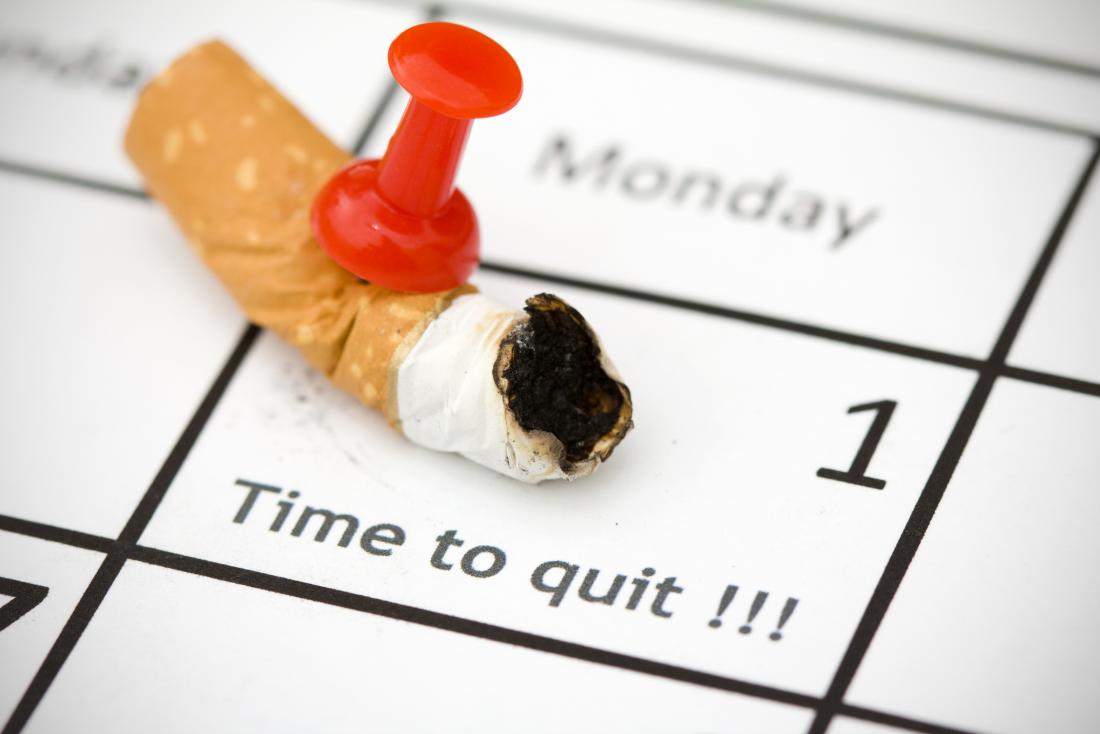
Have you ever thought of your heart rate in general? The heart is a wonderful part of the body that is often taken for granted. Its rhythm and pace is not really something that anyone thinks about normally. Sometimes they don’t even think about the work of this very important muscle in our body until something goes wrong or they feel some pain in their chest.
You might be thinking, “What is the normal heart rate and why is talking about this such a big deal?” According to biostrap.com, heart rate is important because the heart is a vital part of the body. It pumps oxygen and blood that contains different nutrients all around your body.
A sick heart is a sick body. When it is not working properly then it will have an effect on various parts of your body. Heart rate measures the stroke volume or the amount of blood that is pumped to your body with each beat. In other words, it’s the measure of the number of heartbeats in a minute. As your body age, changes in the heart rate is unavoidable. Knowing your heart rate can help diagnose a condition that might need to be addressed by your doctor or a cardiologist.
Where can you find your pulse?

Places in your body where you can feel your pulse are on the following:
- inside your elbow
- wrists
- top of the foot
- side of your neck
To get a reading of your heart rate, simply put your finger on top of these areas and try to count the number of heartbeats in one minute as accurately as you can. You can find out more information on sites such as heart.org.
A heart rate is considered normal if it beats 60 to 100 per minute. If it is faster than 100, it might be considered a “fast heart.” Another word for this is tachycardia. In the meantime, a heart rate slower than 60 can also be considered as a “slow heart.” Another term for this is bradycardia. However, before you panic, know that a healthy heart rate will vary in your situation.
Sometimes a slow heart can be caused by medicines such as a beta-blocker. These are used to manage abnormal rhythms and recommended also by medical professionals to protect your heart from a second heart attack if you already had one.
5 Ways to Maintain a Healthy Heart and a Normal Heart Rate
Schedule regular checkups

Since your health is your own responsibility, make sure that you schedule checkups with your doctor at least once a year. Doing it every 6 months or quarterly is also a good thing. Do lab tests that will check on your blood pressure, cholesterol, blood sugar. If you are overweight or underweight, you can use this time to ask your doctor recommendations for maintaining a healthy weight.
If they provide you with certain recommendations and medications, make sure that you follow them.
Start doing exercise

Engaging in regular physical activities is great for your heart. If you are not that fond of exercising or doing physical activities, you can always start with something small or easy. For example, stepping, marching, or jogging in place for a good 15 minutes a day while watching your favorite cooking show is a good start. You can slowly increase your time as the weeks pass by.
It doesn’t also have to be a formal exercise routine. You can incorporate simple physical activities into your daily routine. If you have no idea how to start, here are some suggestions:
- Use the stairs instead of the elevator
- Sweep the floors, clean the house, wash your windows
- Walk your dogs in the park near you
- Walk to your workplace or ride your own bike instead of driving
- Stand up and stretch from your chair every once in a while
Eat healthier food

Try your absolute best to not eat junk food. Avoid buying them during your grocery run so that you will not be tempted to eat them at your house. Eating healthy keeps your cholesterol level at a normal rate. Your body needs cholesterol, which is a fatty substance in your blood. Imbalance on your cholesterol levels leads to high blood pressure, a heart attack, and even a stroke.
Instead of junk foods and sweets, put raw vegetables and fruits on your refrigerator. Reducing salt intake is also good for your body. Keep your pantry stocked with healthier alternatives like those low in saturated fat, trans fat, and cholesterol. Lean chicken or turkey are also healthy choices. When thinking about your health, you should also consider where the meat you’re eating comes from. Take a look at this article if you’re interested in stopping animal cruelty in the food industry. When you drink, try to avoid sodas and instead choose water. Look for recipes on the internet for meals that are good for the heart for more ideas.
Quit smoking

Smoking doesn’t only affect your lungs. Did you know that it also has an effect on your skin and your heart?
The risk of having a heart attack and heart failure is greatly increased among those who smoke. This is because of the following reasons:
- Smoking reduces the amount of oxygen that is in your blood
- It also damages the walls of your blood vessels making it stiff so that its harder for them to contract as needed and might lead to them splitting. Changes such as these cause a heart attack.
The risk is not only for those who are a first-hand smoker, but inhaling second-hand smoke is also dangerous.
Stay positive and don’t forget to laugh
An underrated solution to maintaining a normal heart rate and a healthy heart is laughing. One of the best ways to release tension, laughing relaxes you and improves the function of your blood vessels. This increases blood flow which lowers risks of heart diseases and other cardiovascular complications.
In addition, it can also decrease inflammation in the arteries, lower stress hormones, and improve good cholesterol.
Conclusion
Ensure that you keep a normal heart rate by scheduling regular checkups at least once a year. Start doing some exercise, eat healthy and nutritious foods, quit smoking, and laugh.
Don’t lose heart even if you fail at the start. There will be setbacks but your heart is your responsibility so you have to make sure that you keep it at its best.














